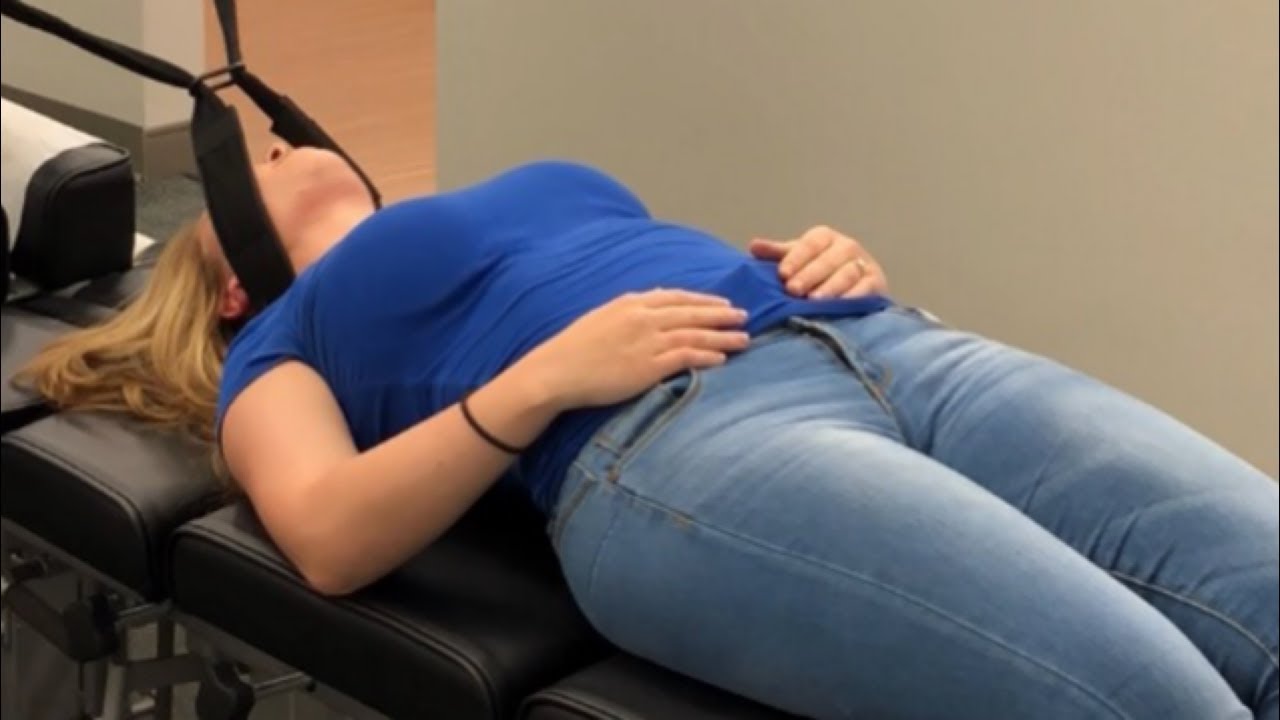Neck Pain
Neck pain: PATHWAYS TO RELIEF
Neck pain is common and it’s not hard to understand why when you consider the anatomy of the human body. The neck is made up of a small group of muscles whose primary purpose is to support and hold the head. The head can weigh between 10 and 16 pounds, which is about the same as a bowling-ball.
Imagine holding a ball of bowling all day. It is only natural that your muscles would get tired. Imagine holding the bowling ball slightly above your head and in front of your shoulder. If you tried to maintain that position (which mimics our poor posture when the neck moves ahead of the shoulders), then you would notice a lot of tension in your neck and upper back.
Poor posture is a major cause of neck pain, especially in the age of smartphones, tablets, and computers. When we sit or stand correctly, the ear should align with the center of the shoulder. When the ear moves ahead of the shoulder (such as when you look downward), it puts strain on the muscles and increases stress on the neck and spine.
Poor posture can cause nerve pressure, constricted blood vessels, and disc problems. Slouching can also result in 30% less oxygen intake. This leads to fatigue and poor energy.
Improved posture can relieve neck and back discomfort, and make us look younger. Adopting a posture that is upright can also improve mood and self-esteem. This allows people to better manage stress.
Use a wall or door as a guide to practice good posture. Place your heels and your head back against the wall. All of your ear, shoulder and hip joints, as well as your knee, ankle, and foot, should be aligned. Once you step away, maintain this posture. Your muscles may feel awkward because they have become accustomed with poor posture. However, the more you practice, the more natural this alignment will become.
Here are some more simple solutions for common posture issues that can lead to neck pain.
- Sleep position. The worst sleeping position for your neck and spine is on your stomach. The best sleeping positions are on your side, with both knees bent. (Some people put a cushion between their knees.) Or on your back, with a cushion under your knees. You should use a pillow to support your neck when you sleep. It is important to keep your head level when lying on your side. The spine should be aligned properly, and the head should not tilt up or down. If you’re lying on your back, the chin should be in neutral position.
- Slouching. Many people sit in this position because they find it more comfortable. In this position, your muscles are not working as hard but your discs, nerves, and back and neck muscles are. You must correct this by learning to sit up straight and adjusting your posture. Exercises that can help improve your posture include core exercises, back extension exercises, and exercises to strengthen your buttocks/glutes. Bridges, planks and back extensions are all helpful.
- “Text neck” or Hunched Back. This posture is caused by long periods of sitting at a laptop, tablet, or mobile phone. This posture can also be developed by those who spend long periods of time reading, doing quilting or any other work that requires them to look down. This posture can lead to tight chest muscles, weak upper-back muscles and a forward-facing head posture. Stretching the neck and chest muscles daily will help correct this posture. Try these exercises to strengthen your upper back and neck muscles.
- Neck range-of-motion exercises. Slowly rotate your head from left side to right, looking at each shoulder. Do this 10 times each way. Next, tilt your ear towards your left shoulder, and then toward your right shoulder. Do this 10 times, slowly, on each side. You can also slowly rotate your chin towards your armpit in addition to tilting the head toward your shoulder to increase neck stretch. Then, rotate your chin upwards to stretch the front and back of the neck. Then, jut forward your chin and then tuck it backwards (like a turtle). Do this 10 times each way.
- Stretch your chest Stand at an open doorway, and grab the doorframes on both sides. Holding on to the doorframe, lean forward. This will help you stretch your chest muscles.
- Rowing machine exercise with good form. This will strengthen your back muscles as well as the rear shoulder muscles, reducing the hunched-back posture.
Sit up straight, stop slouching, and use the exercises recommended. The more you practice good postural habits, the easier it will be to maintain. This will help you get rid of neck pain.
Pathways to Healing is a holistic chiropractic clinic. Dr. Alyssa uses a variety techniques to help clients achieve optimal health and wellness. These include chiropractic, kinesiology and nutrition, food allergy tests and lifestyle counseling. Pathways to Healing can be found at 1022 Founders Row in Lake Oconee Village in Greensboro. The office can be contacted at 706-454-2040.
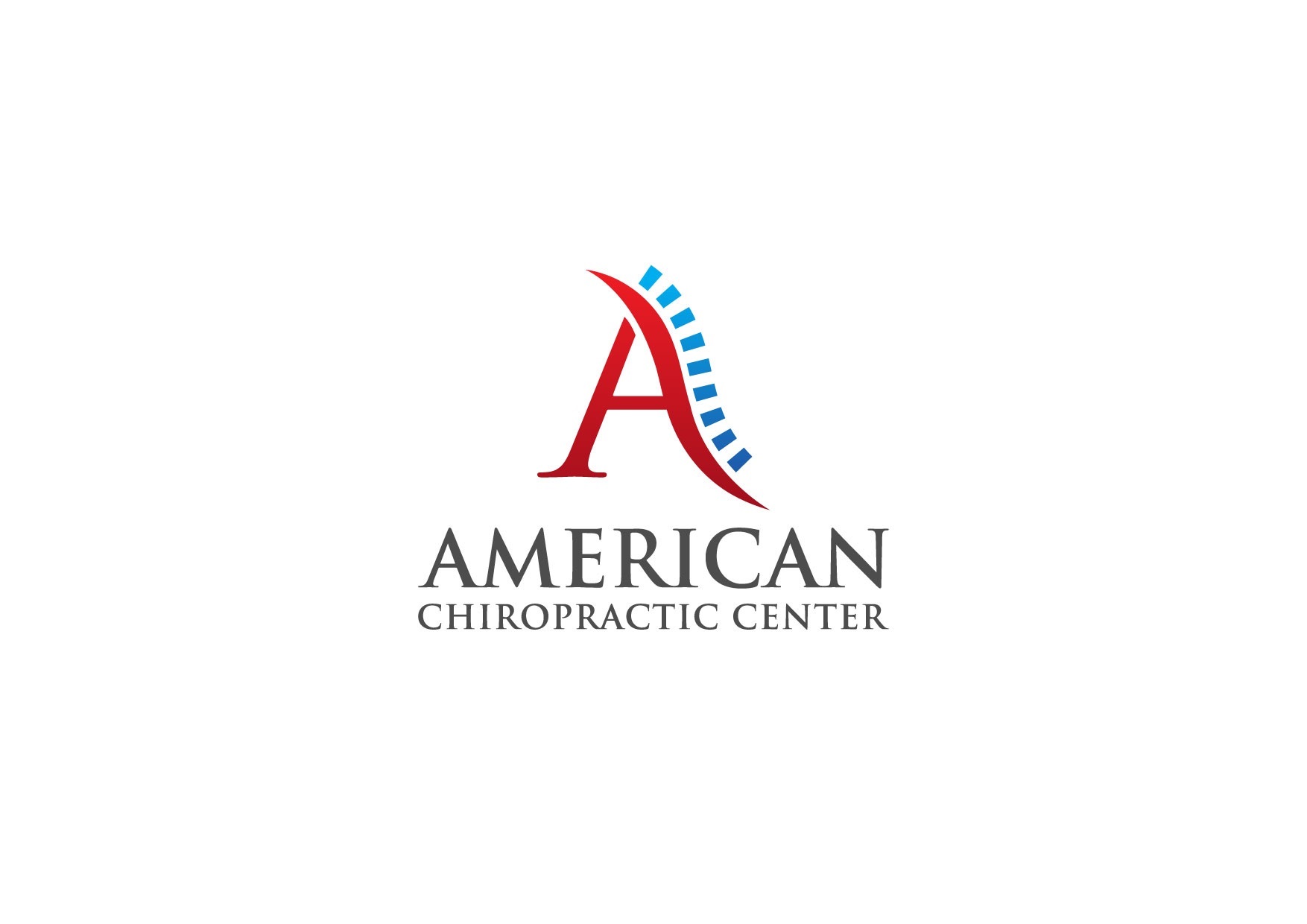
We understand how important it is to choose a chiropractor that is right for you. It is our belief that educating our patients is a very important part of the success we see in our offices.
Neck Pain
Re: Chronic Pain: Management focuses on the individual, not the pain.
Dear Editor
Chronic pain management focuses on the individual, not the pain.
I am very pleased with the review by Kang and colleagues [1]. I write as a spinal pain specialist whose patients had an average episode duration of pain pain of 2.5 years [2] for low back pain and 1.3 years for neck pain [3]. These studies confirm that Kang et. al. noted the significant extent of spinal and extraspinal pain, sleep disturbance, and psychological distress. I also recognize the ‘heartsinks’ who have seen many consultants for a variety of complaints, and those with hypersensitivity. I do accept that some patients need further investigations, but it can be done in a way that does not cause further anxiety. To ensure that intensive rehabilitation is not contraindicated. By showing a genuine interest in the family, job and interests of the individual, you can begin to build confidence and hope for the clinical path being recommended.
The review ignores trauma’s effects on some people, causing their pain to begin, and for others, a major factor. Thirteen percent of patients with neck pain who presented to my clinics had a traumatic origin with a missed break and significant psychological comorbidity. Subsequently, it became clear that post-traumatic distress (PTPD), [a term used because post-traumatic stress may require specialist knowledge for diagnosis] can be present in rheumatological practices [4] and with the increasing influx of refugees in the UK [5], more patients are being diagnosed with PTPD. This can have major effects on families [5]. PTPD is commonly seen in medicolegal situations where accidents have caused major destruction to the lives of individuals and their families, including divorce [6]; and is often associated mood disturbances [6].
Kang et. al. correctly mention that sleep disorders are important in the management chronic pain [1], however, two important aspects of a’sleep story’ must be identified. It is important to ask the individual what they are thinking about when they lie awake in bed at night. This may provide clues as to social or family stress. Second, you should ask about their nightmares and dreams, especially if they are unpleasant. These often involve reliving trauma or accidents. When asked about nightmares, people who deny any unpleasant memories during direct questioning may reveal clues. The presence of PTPD can be important because it opens up therapeutic opportunities with psychological support and medications.
My experience in rehabilitation medicine over the years has taught me that to fully assist our disadvantaged clients, social issues must be resolved before psychological issues, and psychological issues must be resolved before physical issues!
References
1. Kang Y et. al., Chronic Pain: Definitions and Diagnosis. BMJ (Clinical Research ed. ), 2023. 381: p. e076036.
2. Frank A. et al. A cross-sectional study of the clinical and psychosocial features of low back injury and the resulting work handicap: Use of the Quebec Task Force Classification. Int J Clin Pract, 2000; 54(10) p. 639-644.
3. Frank A, De Souza L and Frank C. Neck Pain and Disability: A Cross-sectional Survey of the Demographic and Clinical Characteristics of Neck Pain Seen in a Rheumatology Clinic. Int J Clin Pract 2005; 59(doi: 10.1111/j.1742-1241.2004.00237.x): p. 173-182.
4. McCarthy J. and Frank A. Posttraumatic psychological distress can present in rheumatology. BMJ 2002. 325(27 July): p. 221-221.
5. Frank A. Refugee status: a yellow-flag in managing back pain. BMJ 2007;334(13 Jan): p.58-58.
6. Frank A. Psychiatric effects of road traffic accidents: often disabling, and not recognised (letter). BMJ 1993, 307(13th Nov): p.1283.

We understand how important it is to choose a chiropractor that is right for you. It is our belief that educating our patients is a very important part of the success we see in our offices.
Neck Pain
Landmark Trial: Opioids No Better Than Placebo for Back Pain
The first randomized controlled study testing the efficacy of a short course opioids for acute nonspecific neck/low back pain suggests that opioids do not relieve acute neck or low back pain in the short-term and can lead to worse outcomes over the long-term.
After 6 weeks there was no significant difference between the pain scores of patients taking opioids and those who took a placebo. After one year, the pain scores of patients who received placebos were slightly lower. After 1 year, opioid users were also at a higher risk of opioid abuse.
Senior author Christine Lin, Ph.D., from the University of Sydney told Medscape Medical News that this is a “landmark trial” with “practice changing” results.
Lin explained that “we did not have any good evidence before this trial on whether opioids are effective for acute neck or low back pain, but opioids are one of the most commonly prescribed medicines for these conditions.”
Lin stated that based on these results “opioids shouldn’t be recommended at any time for acute neck and low back pain,”
The results of the OPAL study have been published online in The Lancet on June 28.
Rigorous Test
The trial was conducted at 157 primary care and emergency departments in Australia, with 347 adults who experienced low back pain or neck pain for 12 weeks or less.
They were randomly allocated (1:1) to receive guideline-recommended care (reassurance and advice to stay active) plus an opioid (oxycodone up to 20 mg daily) or identical placebo for up to 6 weeks. Naloxone is given to prevent opioid-induced constipation, and to improve blinding.
The primary outcome was the pain severity at six weeks, as measured by the pain severity subscale (10-point scale) of the Brief Pain Inventory.
After 6 weeks of opioid therapy, there was no difference between placebo and opioid therapy in terms of pain relief or functional improvement.
The mean pain score was 2.78 for the opioid group at 6 weeks, compared to 2.25 for the placebo group. (Adjusted median difference, 0.53, 95% CI -0.00 – 1.07, P=.051). At 1 year, the mean pain scores of the placebo group were lower than those of the opioid group (1.8 and 2.4).
The risk of opioid misuse was doubled at 1 year for patients randomly assigned to receive opioid therapy during 6 weeks as compared to those randomly assigned to receive placebo during 6 weeks.
At 1 year, the Current Opioid Use Measure (COMM), a scale that measures current drug-related behavior, indicated that 24 (20%) patients from 123 patients who received opioids, were at risk for misuse. This was compared to 13 (10%) patients from 128 patients in a placebo group ( p =.049). The COMM is a widely-used measure of current aberrant drug related behavior among chronic pain patients who are prescribed opioid therapy.
Results Raise “Serious Questions”
Lin told Medscape Medical News that “I think the findings of the research will need to be distributed to doctors and patients so they receive the latest evidence on opioids.”
“We must reassure doctors and their patients that the majority of people with acute neck and low back pain recover well over time (normally within 6 weeks). Therefore, management is simple – stay active, avoid bed rest and, if needed, use a heat pack to relieve short term pain. Consider anti-inflammatory drugs if drugs are needed,” Lin added.
The authors of the linked comment state that the OPAL trial raises serious questions regarding the use of opioids for acute neck and low back pain.
Mark Sullivan, MD PhD, and Jane Ballantyne MD, from the University of Washington in Seattle, note that clinical guidelines recommend opioids to patients with acute neck and back pain when other drugs fail or are contraindicated.
As many as two thirds of patients may receive an opioid for back or neck pain. Sullivan and Ballantyne say that it is time to reexamine these guidelines.
The National Health and Medical Research Council (NHMRC), the University of Sydney Faculty of Medicine and Health (University of Sydney Faculty of Medicine and Health) and SafeWork SA funded the OPAL study. The authors of the study have not disclosed any relevant financial relationships. Sullivan and Ballantyne have served as board members of Physicians for Responsible Opioid Prescribing (unpaid), and paid consultants for opioid litigation.
Lancet. Online published June 28, 2023. Abstract
Join us on Facebook or Twitter for more Medscape Neurology News.

We understand how important it is to choose a chiropractor that is right for you. It is our belief that educating our patients is a very important part of the success we see in our offices.
Neck Pain
‘I tried acupuncture for back and neck pain even though I’m afraid of needles–and it’s literally the only thing that’s ever worked’

We understand how important it is to choose a chiropractor that is right for you. It is our belief that educating our patients is a very important part of the success we see in our offices.
-
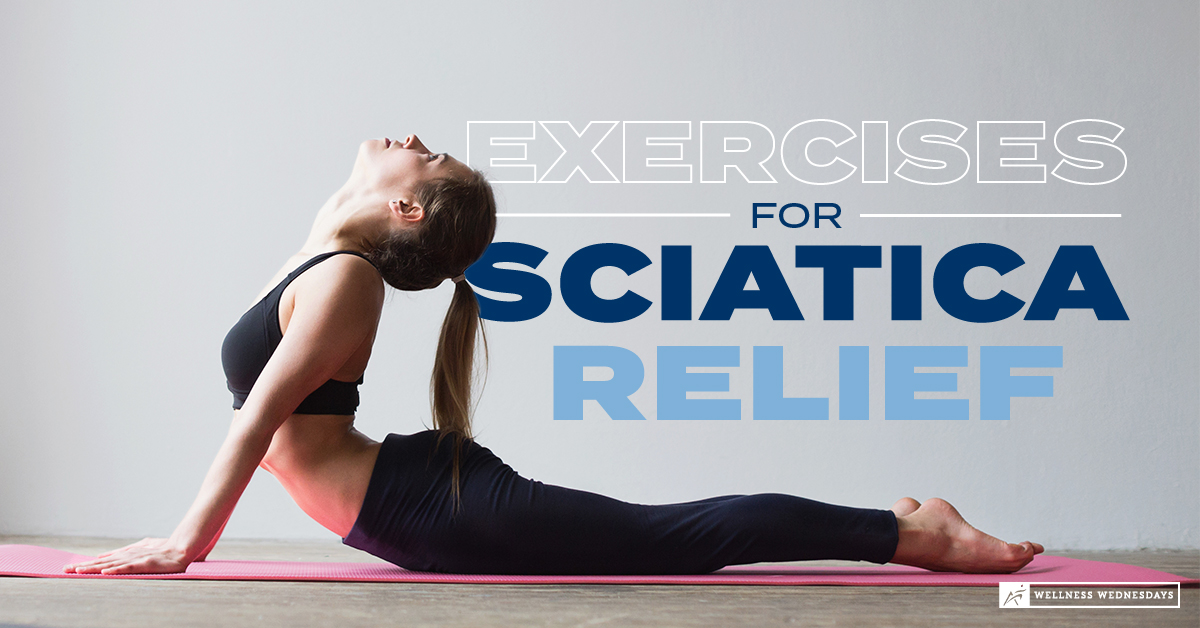
 Sciatica3 years ago
Sciatica3 years agoSciatica exercises pictures – Best Exercises For Sciatica Pain Relief
-
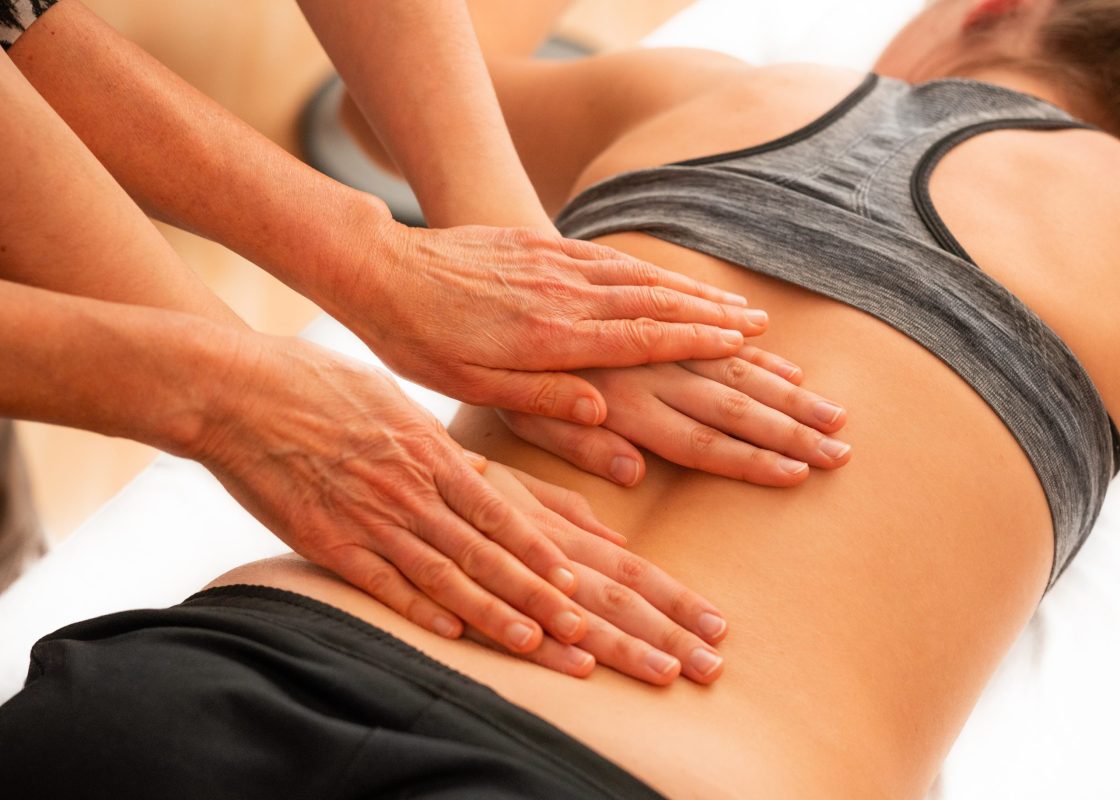
 Sciatica4 years ago
Sciatica4 years ago10 Piriformis Stretches to Alleviate Sciatica, Hip, and Lower Back Pain
-
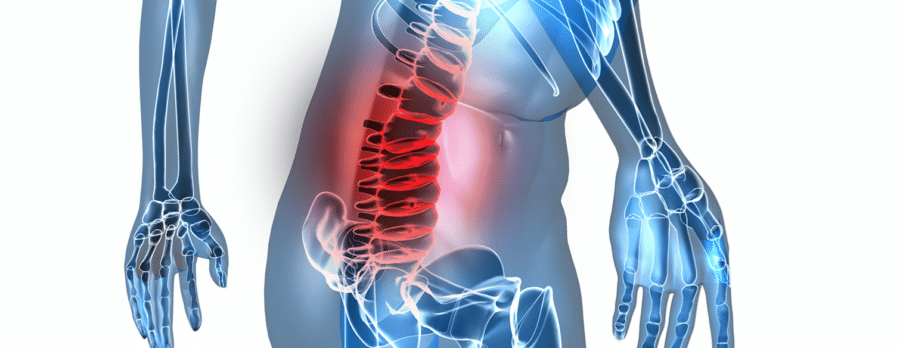
 Sciatica4 years ago
Sciatica4 years agoCan your sciatic nerve cause abdominal pain
-
Chiropractor Near Me9 years ago
The best ways to Find the very best Chiropractor Near Me?
-

 Sciatica3 years ago
Sciatica3 years ago5 Best Cream for Sciatica Pain
-
Chiropractor Near Me9 years ago
Looking for a Chiropractor In My Area?
-

 Sciatica4 years ago
Sciatica4 years agoHow to Sleep with Lower Back Pain and Sciatica Nerve Pain Relief At Night
-

 Sciatica4 years ago
Sciatica4 years agoAcupressure points for sciatica












